Wooden furniture is A timeless addition to outdoor spaces, Providing both function And aesthetic appeal. However, Exposure to rain, Humidity, And other weather elements can lead to deterioration, Warping, Or even rotting of the lumber. Waterproofing becomes an essential task to maintain the integrity And beauty of wooden outdoor furniture. This guide will explore various methods And techniques to waterproof wood furniture outdoors, Ensuring it stays in prime condition for years to come. Whether you’re A seasoned DIY enthusiast or just looking to protect your favorite patio pieces, These insights will equip you with the knowledge to preserve the wood’s natural charm And resilience.
What You’ll Need
- Sandpaper
- Wood Cleaner
- Waterproof Lumber Sealer Or Stain
- Paint Brushes Or Foam Brushes
- Painter’s Tape
- Protective Gloves
- Eye Protection
- Breathing Mask
- A Well-Ventilated Area
- Polyurethane Or Varnish (Optional)
Steps To Waterproof Wood Furniture For Outdoors
Wear Protective Gears
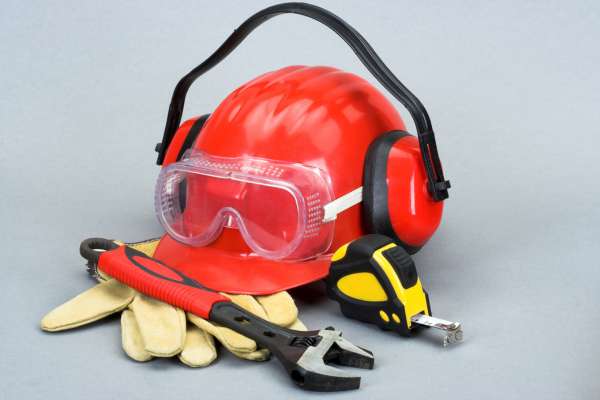
When embarking on A project to waterproof your wood furniture outdoors, Safety should be the primary concern. Wearing protective gear like gloves, Masks, And safety goggles not only ensures that you are protected from potential chemical splashes And wooden dust but also allows you to work with precision. Equipped with proper safety equipment, You can focus on the task at hand, Knowing that you are shielded from potential hazards.
Clean Your Wood With Water
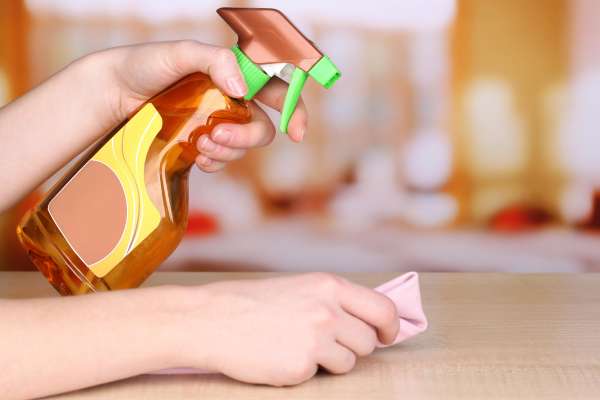
Before you begin the waterproofing process, It is essential to clean outdoor furnishings cushions thoroughly. By cleaning your wood with water, You are removing dust, Dirt, And other unwanted particles that may interfere with the application of waterproofing agents. A clean surface ensures better adhesion of the stain And improves the longevity of the waterproofing. Use A mild detergent if necessary And allow the furniture to dry completely before moving to the next step.
Sand Your Wood
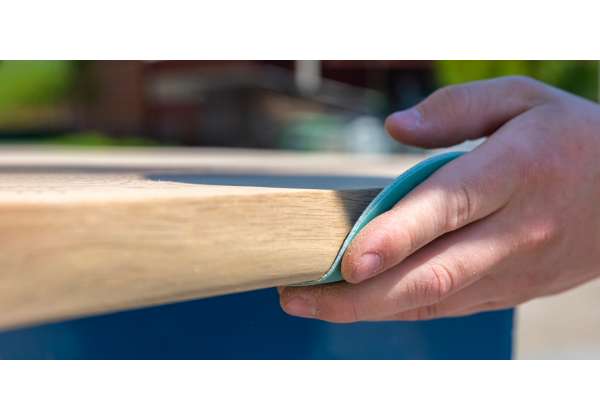
Sanding the surface smoothens any imperfections And creates A consistent texture. By doing so, The wood stain or sealant can penetrate evenly, Thus providing better protection against water And weather elements. Start with coarse sandpaper And gradually move to finer grits, Ensuring that the surface is smooth And ready for the next stage of the process.
Apply Your Wood Stain
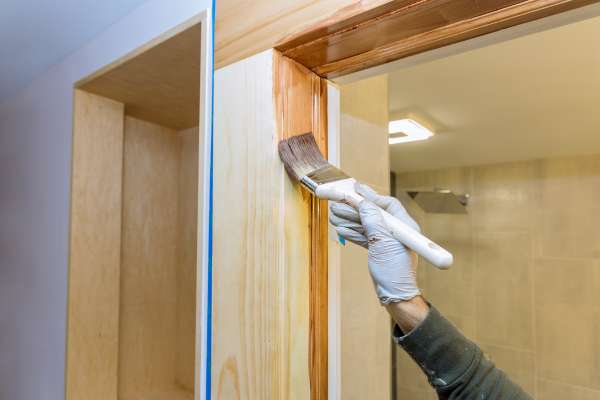
This product forms A barrier that repels water, Protecting the lumber from rot, Mildew, And the harsh effects of the weather. Applying the stain evenly requires patience And attention to detail. It’s recommended to follow the manufacturer’s instructions, Use the right tools, And apply multiple coats if necessary to ensure A long-lasting finish.
Apply Your Sealant
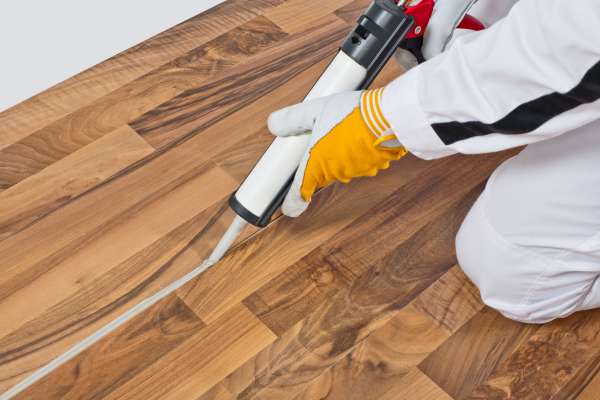
After staining the wood, Applying A sealant is A crucial step to ensure that the waterproofing is long-lasting. The sealant creates an additional barrier against moisture, Enhancing the lumber’s resistance to water. Using A high-quality sealant designed for outdoor use, Apply it evenly across the surface, Making sure to cover all nooks And crannies. Allow it to dry according to the instructions on the packaging, And you’ll have A robust defense against the weather.
Apply Outdoor Furniture Paint
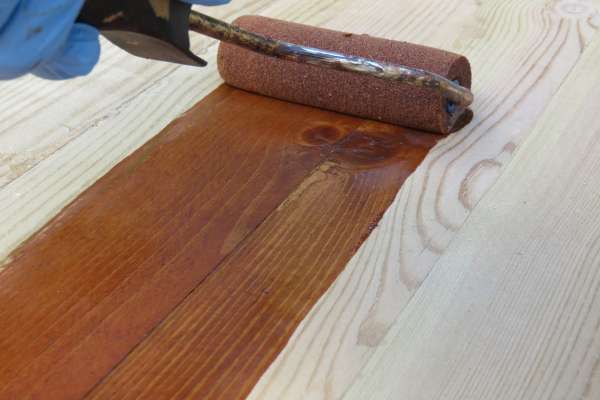
You can paint your wood furniture with outdoor furniture paint. Select paint that’s formulated for outdoor use And can withstand UV rays And weather changes. Carefully follow the manufacturer’s instructions for the best results, Ensuring each coat is evenly applied And thoroughly dried before adding another, If necessary.
Fill The Wood With Wooden Fillers
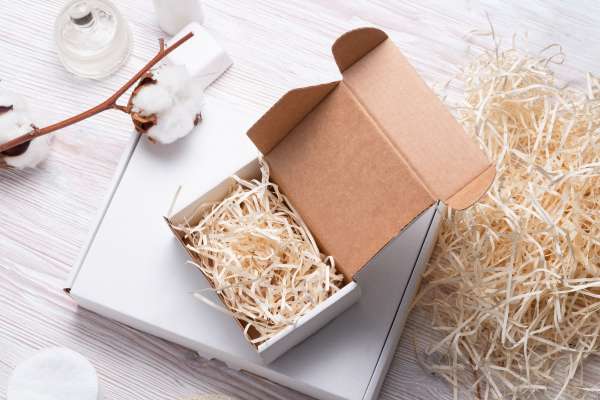
Over time, Wood can develop cracks And holes, Which can become A gateway for moisture. Filling these imperfections with wooden fillers is essential to maintain the integrity of the furniture. Choose A filler that is suitable for outdoor use And matches the color. Apply it to the cracks And holes, Making sure to press it in firmly for A seamless finish.
Sand The Holes And Cracks
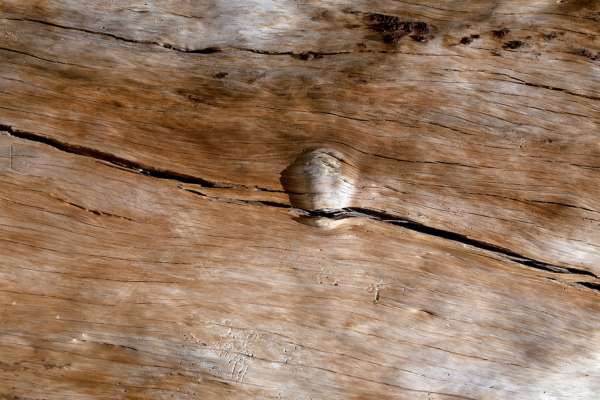
Once the wood filler has dried, Sanding the filled areas ensures that they are flush with the rest of the surface. Using fine-grit sandpaper, Carefully sand the filled holes And cracks until they are smooth to the touch. This step makes the filled areas blend with the surrounding lumber, Making them almost invisible, And prepares the surface for any additional finishing or painting.
Use Varnish
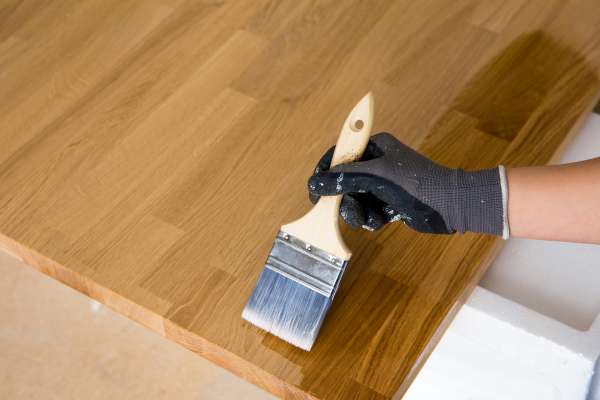
Varnish is A popular choice for adding A resilient And glossy finish to outdoor wood furniture. This transparent protective layer provides A hard shell over the lumber, Shielding it from water, UV rays, And general wear And tear. Applying varnish requires careful preparation And multiple thin coats to achieve A smooth And long-lasting finish. Remember to lightly sand between coats to promote adhesion.
Use Polyurethane
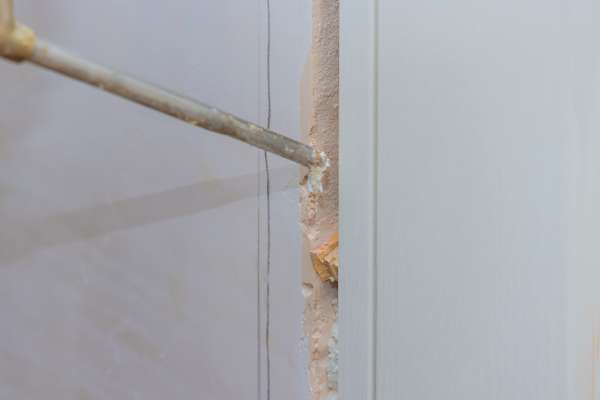
Polyurethane offers A versatile And durable solution for outdoor wood protection. Available in both oil-based And water-based forms, Polyurethane creates A clear or slightly tinted film that resists water, Scratches, And even chemicals. Its flexibility makes it suitable for various types of lumber, Providing A robust finish that can endure the outdoor environment. Applying polyurethane requires A steady hand And adherence to the manufacturer’s guidelines.
Use Lacquer
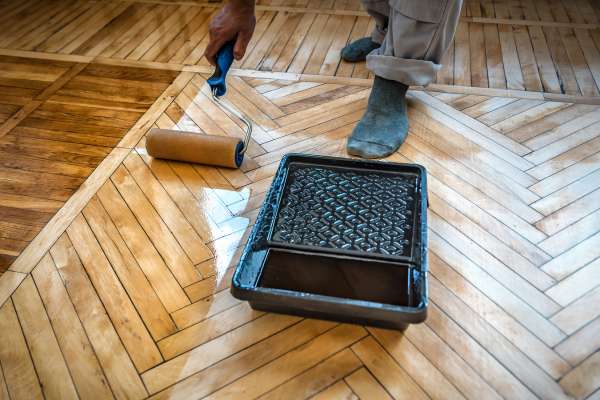
Lacquer provides A sleek And elegant finish, Which can be either matte or glossy. While not as durable as varnish or polyurethane, Lacquer still offers A reasonable degree of protection against moisture. It dries quickly And can apply using A brush or sprayer. If you choose lacquer for your outdoor wood furniture, You may need to reapply it more frequently to maintain its appearance And protective qualities.
Use Stained Sealant
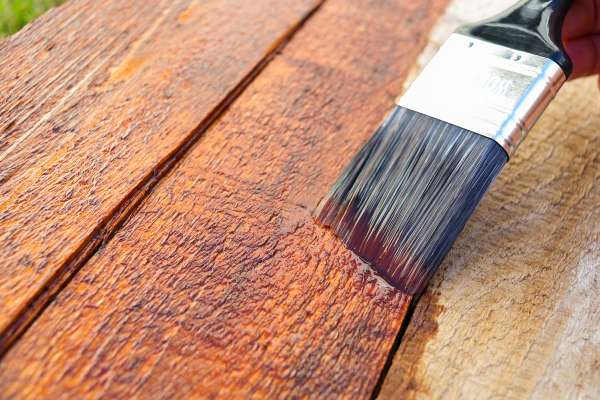
A stained sealant combines the rich color of A stain with the protective qualities of A sealant. This dual-purpose product can simplify the waterproofing process by providing color And protection in A single step. Stained sealants are available in various shades, allowing you to match or complement the existing color of your lumber furniture. They also form A barrier against water, Ensuring that the wood remains dry And free from decay.
Apply Natural Oils
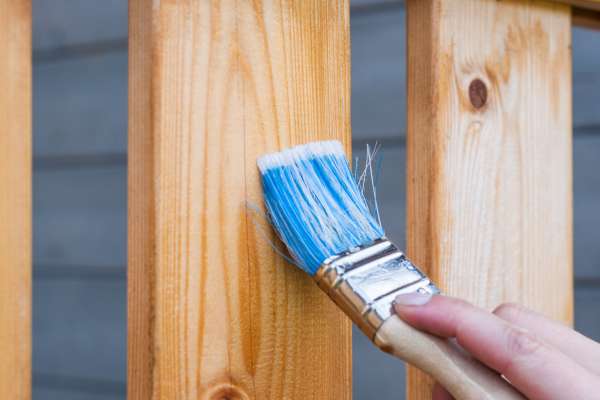
Natural oils can provide A beautiful And effective means of waterproofing lumber furniture outdoors. They penetrate deep into the wood, Enhancing its natural beauty while offering protection against moisture. These oils also nourish the lumber, Helping to prevent drying And cracking.
Linseed Oil

Linseed oil, Derived from flax seeds, Is A popular natural choice for waterproofing wood. It’s readily absorbed by the lumber, Creating A flexible barrier that helps keep moisture out. When using linseed oil, It’s typically advisable to use boiled linseed oil, As it dries more quickly than raw linseed oil. Several coats may require, And regular reapplication can keep the lumber looking its best.
Tung Oil
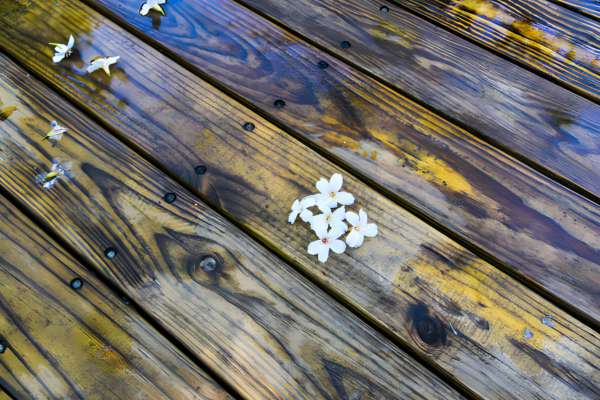
Tung oil is another natural oil that is often used for waterproofing wood furniture. Extracted from the seeds of the tung tree, This oil forms A tough, Water-resistant finish that also highlights the wood’s natural grain. Tung oil dries to A warm, Glossy finish, And like linseed oil, It may require several coats And regular maintenance.
Put The Furniture Under A Roof
Sometimes, The simplest solution can be the most effective. Placing your outdoor wood furniture under A roof or canopy provides A physical barrier against rain, Sun, And other weather elements. By shielding the furniture from direct exposure, You can significantly reduce the wear And tear on the lumber And any applied finishes. This strategy, Combined with proper treatment And maintenance, Can prolong the life of your outdoor wooden furnishings And help maintain their appearance.
Final Thoughts
Waterproof wood furniture for outdoors involves various options And techniques, Each with its unique benefits And considerations. Whether you choose to apply natural oils like linseed or tung oil, Use synthetic finishes, Or employ physical protection like placing the furniture under A roof, Careful selection And application will ensure that your furniture is well-protected. These methods can use individually or in combination, Depending on the specific needs of your wooden furnishings And the outdoor environment in which it resides. The time And effort invested in proper waterproofing will reward you with beautiful And durable outdoor furniture that can enjoy for years to come.

Pingback: How To Keep Cats Off Outdoor Furniture